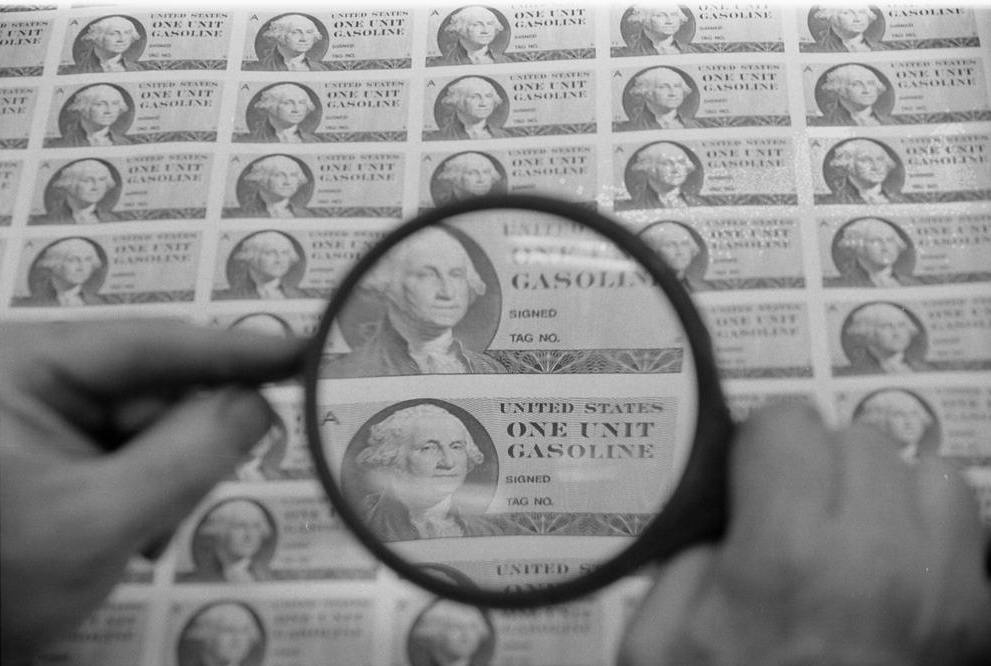Just a few decades ago, fracking was fringe science. In fact, there was a lot of skepticism about whether it could ever work. But in the 1970s, two entities joined together to risk big money on what many considered a pipe dream: the O&G industry and good ol’ Uncle Sam.
Now that fracking is a booming business, and natural gas from shale could singlehandedly supply enough energy to last the US 22 years, they both want to take credit. But who is the true pioneer?
Big Government vs. Big Oil


